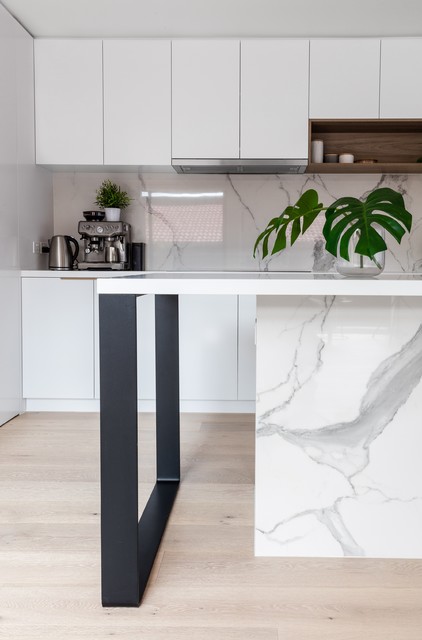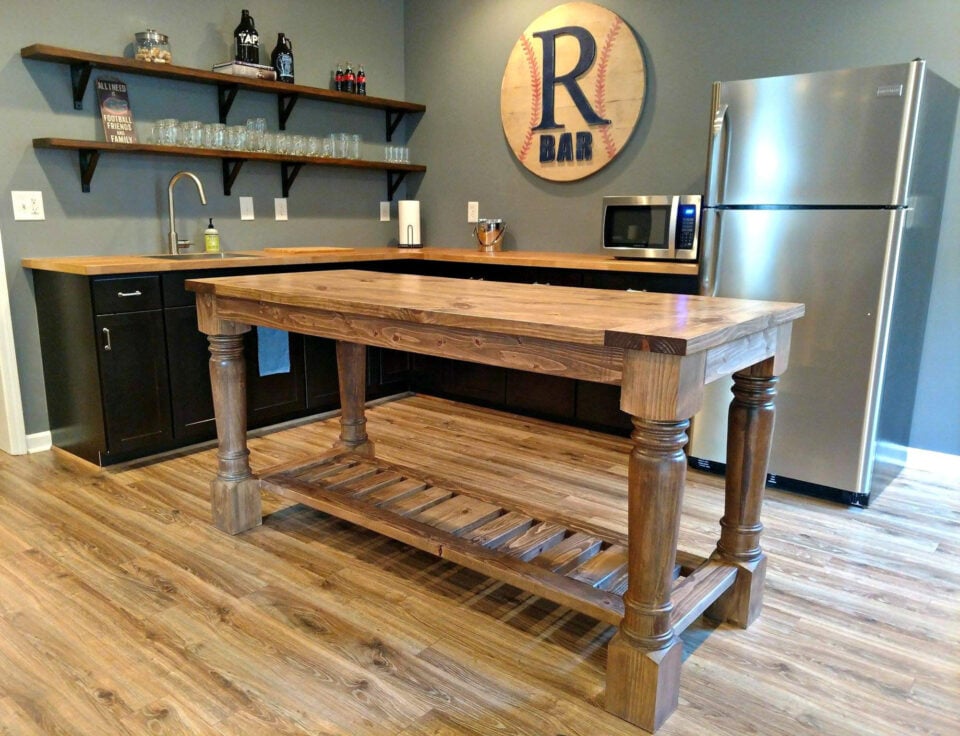How to Mount a Kitchen Island Leg for Maximum Security and Style
How to Mount a Kitchen Island Leg for Maximum Security and Style
Blog Article
The Value of a Sturdy Cooking Area Island Leg in Developing a Practical Food Preparation Area
A tough kitchen area island leg works as a fundamental element in establishing a useful food preparation atmosphere, supplying needed support for both the countertop and various kitchen activities. The stability it supplies can substantially lower the danger of mishaps in high-traffic locations, while also adding to the general visual comprehensibility of the area. As cooking areas advance right into multifunctional areas for cooking, eating, and socializing, the selection of products and style considerations for island legs becomes progressively essential. Understanding these elements can change your cooking area into a safer and much more efficient area, prompting more expedition into the best alternatives readily available.
Advantages of Sturdy Island Legs
Providing important support, sturdy kitchen area island legs play a crucial function in enhancing the performance and sturdiness of cooking area islands - kitchen island leg. These legs not just bear the weight of the countertop and any type of added things put on the island, yet also contribute to the general security of the structure. A well-supported kitchen area island makes sure that it continues to be practical and upright, also under hefty use, which is particularly vital in busy kitchen settings
In addition, strong island legs can enhance the visual appeal of the cooking area. They offer a strong structure that can complement different design styles, from modern to standard. This convenience allows property owners to personalize their cooking area islands according to individual taste while ensuring that the architectural honesty stays uncompromised.
In enhancement to their encouraging duty, robust kitchen area island legs can also improve safety and security. Ultimately, investing in durable kitchen island legs is crucial for a functional and aesthetically pleasing cooking area.
Materials for Cooking Area Island Legs
When picking materials for cooking area island legs, longevity and aesthetic appeal are essential aspects to consider. One of the most usual products consist of hardwood, steel, and engineered wood, each offering unique benefits.
Hardwood, such as maple, cherry, or oak, is a classic option as a result of its strength and ageless elegance (kitchen island leg). It can endure substantial weight and is immune to use, making it excellent for high-use kitchen area environments. Furthermore, wood can be stained or painted to complement various cooking area styles
Steel legs, commonly crafted from stainless-steel or wrought iron, give a modern-day and industrial look. They are exceptionally solid and can support substantial lots while being immune to dampness and warmth, which is useful in a cooking location. Steel legs can additionally be conveniently cleaned up, enhancing their functionality.

Design Considerations for Stability
The option of products for kitchen island legs straight influences the style considerations for security. When designing a kitchen island, it is vital to examine the weight-bearing ability of the selected materials. Much heavier products, such as strong timber or metal, commonly supply better security, specifically under the tension of day-to-day usage.
Furthermore, the leg design have Extra resources to include proper geometry to improve stability. A broader base increases the assistance location, decreasing the risk of wobbling or tipping. Consideration should additionally be provided to the elevation of the legs; out of proportion leg lengths can result in discrepancy, endangering the general stability of the island.
Additionally, the circulation of weight across the island is essential. Guaranteeing that the leg placement lines up with the heaviest parts, such as kitchen counters and home appliances, will additionally improve stability.
Upkeep Tips for Longevity

Cleaning is another vital element of upkeep. Relying on the product of the legs-- whether wood, steel, or composite-- suitable cleaning methods must be utilized. For wood legs, a gentle clean with a damp cloth and an ideal timber cleaner will certainly help protect their surface. Metal legs might require a light gloss to avoid corrosion and keep their appeal.
Additionally, tightening screws and bolts routinely can make certain security and avoid wobbling. Take into consideration reinforcing the legs with extra braces or sustains to enhance resilience if the cooking area island experiences hefty usage. Last but not least, using a safety coating or sealant can guard against wetness and discolorations, prolonging the life-span of the legs. By complying with these maintenance pointers, house owners can ensure their cooking area island legs stay useful and robust for many years to come.
Selecting the Right Leg Style
Routine upkeep ensures that cooking area island legs remain sturdy and functional, however choosing the right leg style is equally crucial for both visual appeals and assistance. The option of leg style can significantly influence the overall layout and harmony of your kitchen.

Performance is an additional important aspect. Thicker legs or those with a durable base can sustain larger countertops and devices, enhancing the island's utility. Conversely, slim legs may create a ventilated look, suitable for lighter layouts yet possibly much less encouraging.
Final Thought
In summary, the relevance of strong kitchen island legs can not be overemphasized in the production of a useful cooking location. These legs give important support, enhance stability, and contribute to the total aesthetic of the kitchen. By thoroughly picking suitable products and styles, along with carrying out proper upkeep methods, the longevity and performance of kitchen area islands can be made sure. Inevitably, buying robust island legs is basic to achieving a reliable and secure cooking atmosphere.
A sturdy kitchen island leg serves as an essential component in establishing a useful food preparation setting, offering needed support for both the kitchen counter and numerous kitchen area tasks.Supplying vital support, strong cooking area island legs play a pivotal duty in enhancing the capability and toughness my review here of kitchen area islands. Ultimately, investing in strong cooking area island legs is crucial for a practical and aesthetically pleasing cooking location.
Factor to consider needs to likewise be given to the elevation of the legs; disproportionate leg sizes can lead to imbalance, endangering the general security of the island.
Wood legs give warmth and a classic look, while steel legs offer a contemporary and industrial feel.
Report this page